"宫" Character Origin: Mutual Verification of Archaeology, Paleography, and Architectural History | Lecture Newsletter
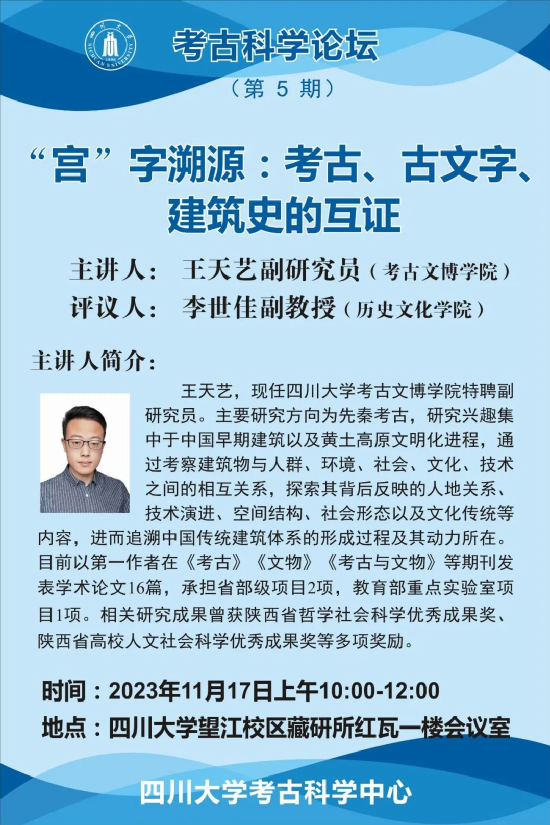

Minutes of the 5th "Archaeological Science Forum"
On November 17, 2023, the 5th "Archaeological Science Forum" hosted by the Center for Archaeological Science, Sichuan University was held in the conference room on the first floor of the China Tibetology Research Institute, Wangjiang Campus, Sichuan University. Associate Researcher Wang Tianyi gave a lecture on "Tracing the Origin of the Character 'Gong' - Mutual Evidence from Archaeology, Paleography, and Architectural History", which was chaired by Associate Professor Yuan Haibing from the Center for Archaeological Science, Sichuan University.
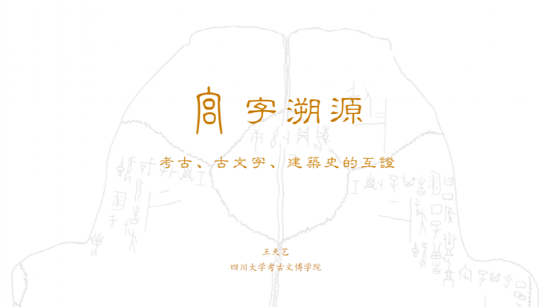
The speaker started with the analysis of the structural form of the character "Gong" in oracle bone inscriptions, believing that the character "Gong" in oracle bone inscriptions represents a ground-level house with two rooms, front and rear. This type of front and rear room house was popular in the Loess Plateau during the Neolithic Age, generally known as the "L眉-shaped house site". This type of house first appeared in the late Yangshao period and is a unique form of cave dwelling architecture. The layout of the front and rear rooms is closely related to the construction method of cave dwellings. In the early Longshan period, the functions of the front and rear rooms of the "L眉-shaped house" were clearly differentiated. The front room was mainly used for daily cooking and production activities, and had a function similar to a "living room"; the rear room was used for sleeping, and had a function similar to a "bedroom". In the late Longshan period, a large number of non-cave dwelling "L眉-shaped houses" appeared in the Loess Plateau, and the front and rear room layout became a cross-type, cross-regional, and cross-cultural architectural concept, and was recognized by the prehistoric ancestors in the Loess Plateau.
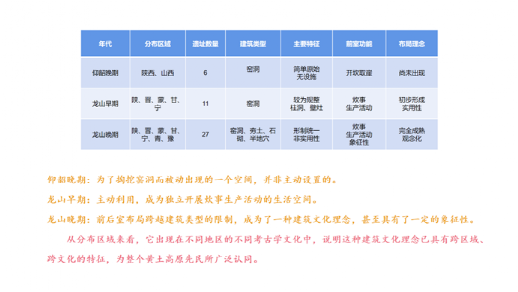
Generally speaking, writing is a product of social complexity reaching a certain stage, and in China, it has strong political and religious colors. In oracle bone inscriptions, the character "Gong" mainly refers to the place where rulers banqueted, sacrificed, governed, or resided. The discovery of large ground building foundations of the "L眉-shaped house site" at the Lushanmao and Bicun sites shows that in the context of social complexity in the late Longshan period of the Loess Plateau, the upper class began to apply the concept of front and rear room layout to high-level ritual architectural practices, creating large-scale ritual buildings with front and rear room layouts. From the perspective of social needs, the ability to create writing, and architectural structure, the pictographic character "Gong" is likely derived from the abstract creation of large ground-level front and rear room houses of the aristocratic class in the late Longshan period of the Loess Plateau, represented by the Lushanmao site, as an architectural practice simulation, and is a dedicated character indicating political, religious, and ritual places.
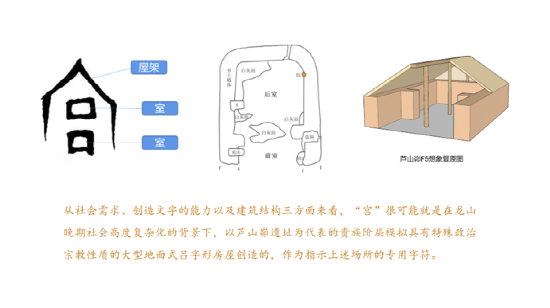
From the perspective of spatial layout and functional differentiation characteristics of the front and rear rooms, the "L眉-shaped house site" in the Loess Plateau basically conforms to the shape and connotation of "front hall and rear chamber". Archaeological evidence from Courtyard No. 1 at the Lushanmao site shows that this concept was applied to the planning and design of group buildings, and the layout of axial symmetry, front hall and rear chamber, and left and right 寤傛埧 is exactly the same as the Jiagroup courtyard site in Fengchu of the Western Zhou Dynasty, showing a close inheritance relationship between the two. The appearance of the courtyard architectural pattern of "front hall and rear chamber" can be advanced to at least the late Longshan period around 4300 years ago. The layout concept of "front hall and rear chamber" should originate from the ancient architectural tradition of the Longshan period in the Loess Plateau, which was later inherited and developed by the Zhou people, and eventually became an important part of the ancient Chinese architectural planning thought and has been passed down to this day.
Overall, Wang Tianyi believes that the layout concept of "front hall and rear chamber" and the character "Gong" are mutually reinforcing, the former is the core cultural connotation of the latter, and the latter is the symbolic representation of the former.

Based on the discussion of the origin of the character "Gong" and the formation of the "front hall and rear chamber" layout, the speaker shared some of his thoughts on the differences between the "L眉" square in oracle bone inscriptions, the east-west differences in pre-Qin architectural concepts, and the origin of Chinese characters.
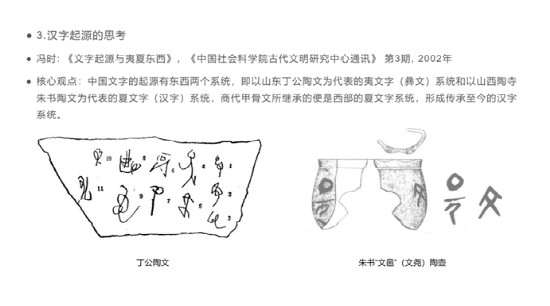
Associate Professor Li Shijia from the School of History and Culture of Sichuan University made a comprehensive review, pointing out that this is a typical case of conducting extensive thinking and in-depth cross-integration research on the origin of writing by integrating archaeology, paleography, and architectural history. It not only verified the material origin of the character "Gong", but also explained the motivation and mechanism behind the origin of the character "Gong". The argumentation angles are diverse, the logic is convincing, and it has certain academic enlightenment.
